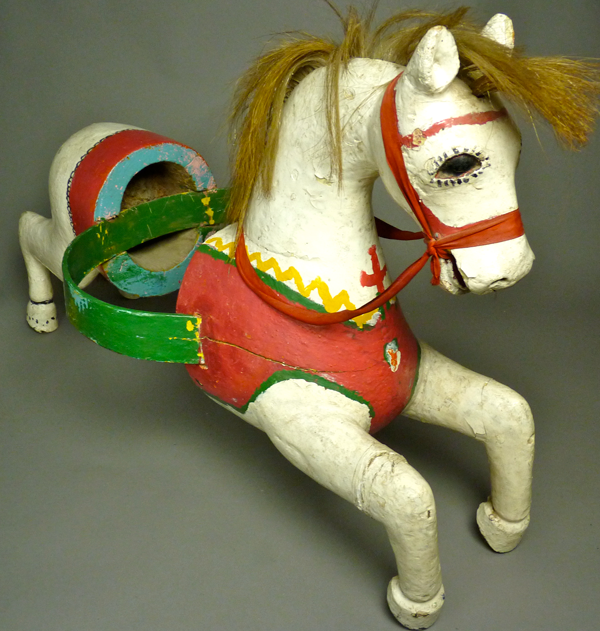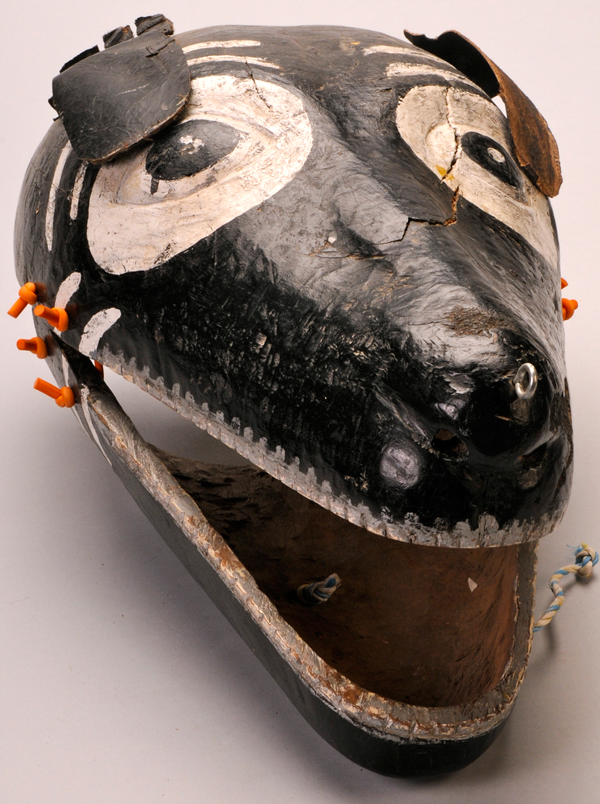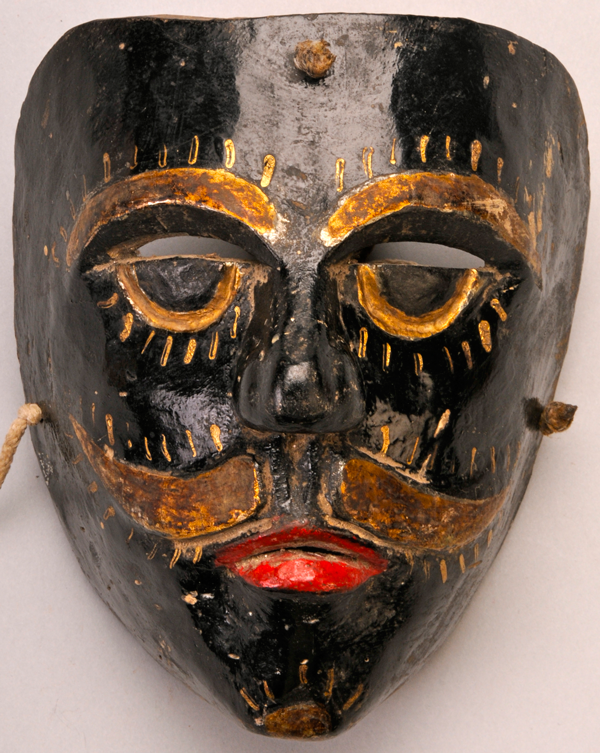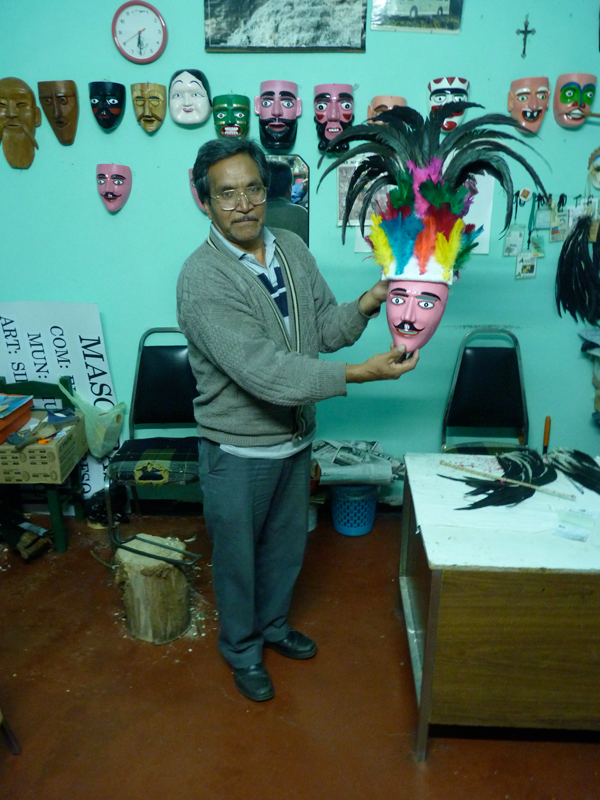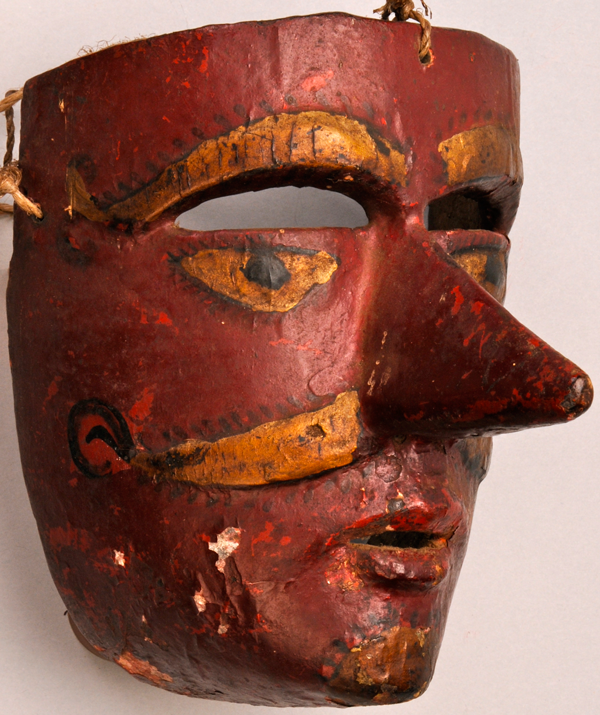In recent posts you saw masks for the Hormegas dance, a variant of the Danza de los Santiagueros. I thought that I might as well proceed to the Santiagueros dance itself.
The Dance of the Santiagueros and the dance of the Hormegas are examples of Mexican Indian dances that pretend to be about one thing when they are really about something else. Indians in Mexico have long used such dances to express political and social complaints in a disguised form, initially in order to avoid conflict with religious and civil authorities and more recently to complain and vent about situations of economic and social injustice in their communities. James C. Scott described such strategies in his book, Domination and the Arts of Resistance: Hidden Transcripts (Yale University Press, 1990). Later Max Harris applied Scott’s ideas to dances in the Americas in his book Carnival and Other Christian Festivals: Folk Theology and Folk Performance (University of Texas Press, 2003). I devoted an entire chapter to a discussion about such layers of meaning in my book about the Sierra de Puebla. I will begin this post with a mask and related props. Later I will explain how the ideas of Scott and Harris can be applied to the Dance of the Santiagueros.
The Dance of the Santiagueros has three groups of players. Santiago Caballero (Saint James on horseback), who is said to be the reincarnation of Saint James the Apostle, is usually depicted as riding a white stallion; he and his mount may stand alone or they may be accompanied by Santiago’s invented son, Callintsin, whose principal duty is to guard his father’s wooden horse from harm. There are two other groups of dancers, the Santiagueros and the Pilatos, and the relationships between these three entities prove to be mysterious and interesting.
Although Santiago occasionally wears a wooden mask, it is more usual for Santiago and Callintsin to dance without masks, but they do wear characteristic helmets, they carry wooden swords, and of course Santiago’s wooden horse is the most important emblem of his powerful position. Traditionally the Indians have treated Santiago’s horse as if it were a living saint, although this is not something that they describe in such explicit terms. Each year guardians are appointed to house the horse; they must offer the horse fresh food and water each morning. Here is one of those horses. It was found in the area of Papantla, Veracruz, in the mid-1980s, and was accompanied by a helmet and a mask to be worn by Santiago.
Ropes or straps suspended the hoop of the dance horse from the dancer’s shoulders. This horse is 34 inches long and the hoop is 15 inches in diameter.

